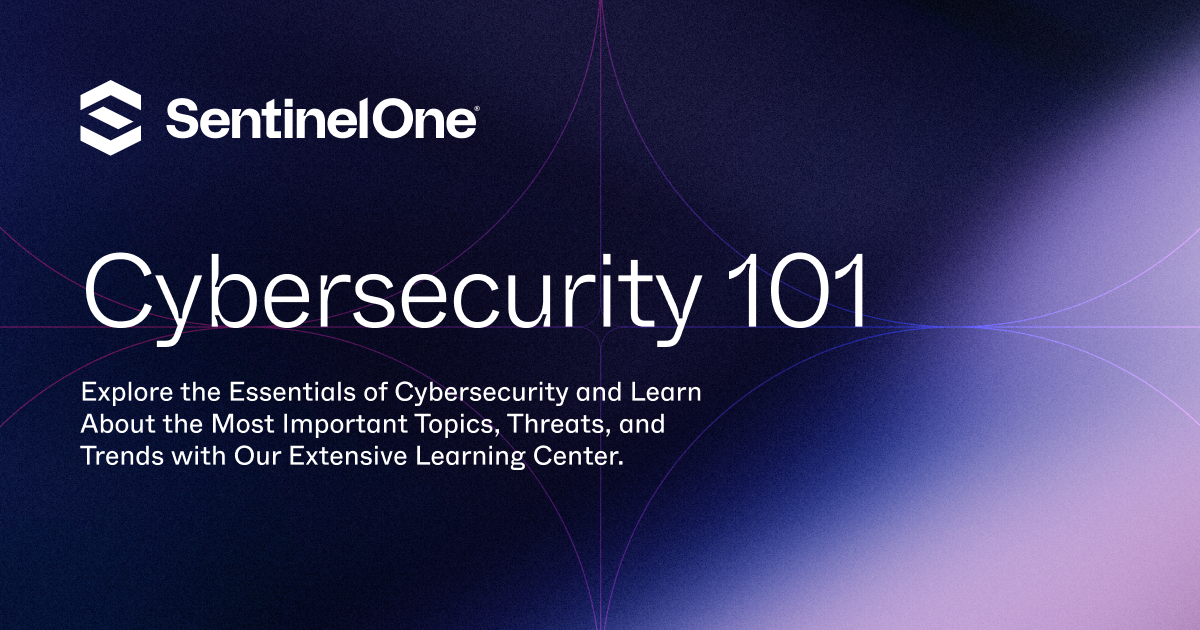Yibai Insights
Explore the latest trends, news, and insights from around the world.
Cybersecurity: The Your-Data-Is-Not-So-Secret Playbook
Unlock the secrets to safeguarding your data! Discover essential cybersecurity strategies in our ultimate playbook. Dive in now!
10 Essential Cybersecurity Practices to Keep Your Data Safe
In today’s digital world, implementing cybersecurity practices is crucial for protecting sensitive data. Start by creating strong passwords and utilizing a password manager to ensure unique, complex passwords for each account. Additionally, enable two-factor authentication (2FA) whenever possible. This adds an extra layer of security, making it more challenging for cybercriminals to gain access to your information.
A comprehensive cybersecurity strategy should also include regular software updates and patch management. Outdated software can have vulnerabilities that hackers exploit. Ensure your operating system and applications are up-to-date by enabling automatic updates or scheduling regular checks. Furthermore, consider using a VPN when accessing public Wi-Fi networks to encrypt your internet connection. This helps safeguard your data from potential threats. For more tips, check out the National Institute of Standards and Technology.

Is Your Data Really Secret? Understanding the Risks of Cyber Threats
In today's digital age, the question of data privacy is more critical than ever. Many individuals and organizations operate under the assumption that their data is secure, yet the reality is often starkly different. Cyber threats such as phishing, ransomware, and data breaches pose significant risks to personal and sensitive information. According to a report by Cybersecurity Ventures, cybercrime is expected to cost the world $10.5 trillion annually by 2025, making it imperative to understand just how vulnerable our data can be. It's not just corporate networks that are targeted; individual users must also be aware of their exposure to these threats.
To truly grasp the risks of cyber threats, one must consider the numerous ways data can be compromised. For instance, using weak passwords can make accounts susceptible to unauthorized access. According to NCBI, over 80% of data breaches result from weak or stolen passwords. Therefore, employing strong, unique passwords, alongside two-factor authentication, can reduce risks significantly. Additionally, staying informed about the latest cyber threats and best practices is essential. Resources like FTC Privacy & Technology provide valuable insights into protecting your digital life. Understanding these risks is the first step in safeguarding your data.
The Ultimate Guide to Recognizing and Preventing Data Breaches
Data breaches can have devastating effects on organizations, leading to financial loss, reputational harm, and legal consequences. Understanding how to recognize the signs of a data breach is crucial for effective prevention. Key indicators include:
- Unexplained changes to your data or files.
- Frequent system crashes or slowdowns.
- Unauthorized access attempts in your logs.
- Unexpected alerts from your security software.
To effectively prevent data breaches, organizations must adopt a proactive security posture, incorporating a combination of technological measures and employee training. Implementing strong password policies, enabling two-factor authentication, and regularly updating software can significantly reduce vulnerability. Additionally, conducting regular security awareness training helps employees recognize potential threats such as phishing attacks. For comprehensive strategies on prevention, the NIST Cybersecurity Framework provides excellent guidelines tailored for various organizations. Remember, preventing data breaches is not just a technical concern; it’s an organizational culture.